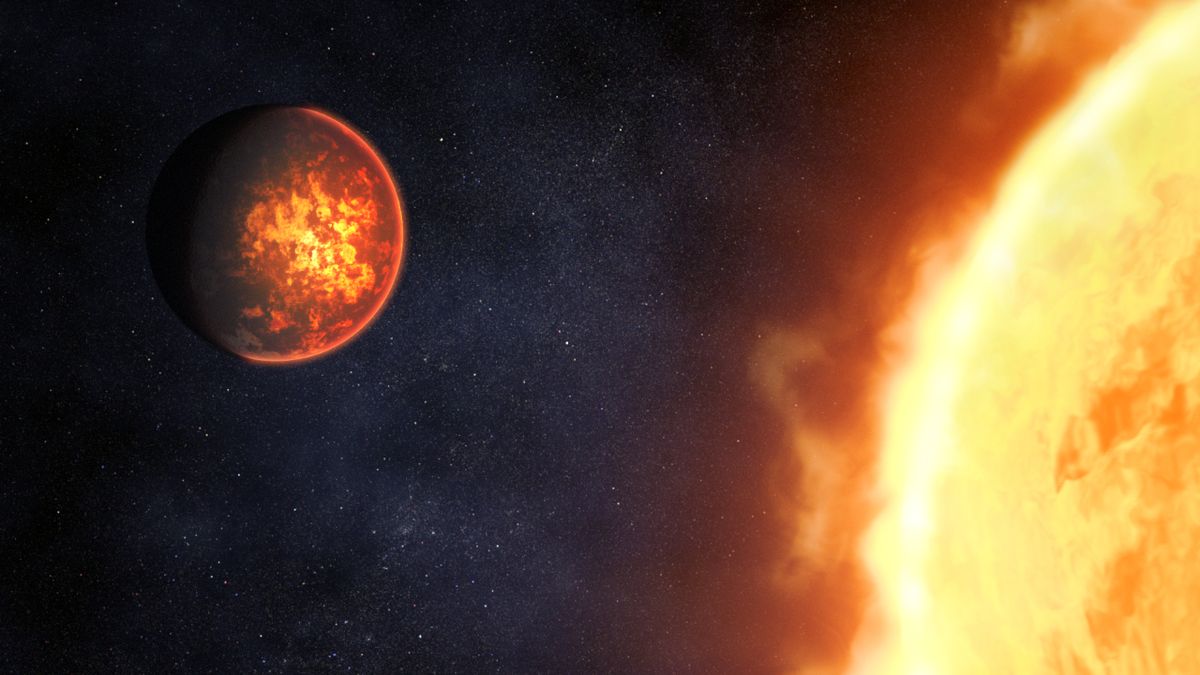Astronomers have discovered a massive extrasolar planet, or “exoplanet,” orbiting an ultracool dwarf star that is way too small to host such a world, challenging scientists’ models of how planets and planetary systems are born. The planet in question, designated LHS 3154 b, is 13 times as massive as Earth, meaning that it has a mass similar to the solar system ice giant Neptune, yet it closely orbits a tiny dwarf star, which is nine times less massive than the sun. This means the ratio between the Neptune-like world and…
Read MoreTag: Alien Planets
Nuclear-powered Dragonfly mission to Saturn moon Titan delayed until 2028, NASA says
NASA has set a provisional launch date of July 2028 for its Dragonfly mission, meant to explore Saturn’s largest moon Titan, with budgetary uncertainty cited as the reason for the project’s one-year delay. The Dragonfly team can now move forward with the next stage of development — Phase C — for the car-sized, nuclear-powered rotorcraft drone that will fly above and land on the sands of Titan, a world planetary scientists believe is rich in organic molecules. “The Dragonfly team has successfully overcome a number of technical and programmatic challenges…
Read MoreExoplanet ‘haze’ makes it harder to identify water on alien worlds. Scientists may have a solution
One of the primary tasks of the James Webb Space Telescope (JWST) is to scan the atmospheres of exoplanets for signs of habitability. And, as far as we know, water is necessary for life. So naturally, detecting the presence of water in and around alien worlds is a high priority for planetary scientists. There is, however, one problem. Getting a clear, unfiltered view of what might be present in exoplanet atmospheres can be difficult due to the presence of something seemingly trivial — haze. It’s likely that organic hazes of…
Read MoreNASA’s exoplanet hunting telescope spies 8 ‘super-Earths’
Almost everyday, the number of confirmed exoplanet discoveries grows. The majority of those planets, which sit just above 5,500 in total, have been identified by the Kepler space telescope. But for the last few years, NASA’s Transiting Exoplanet Survey Satellite (TESS) has been steadily adding new alien worlds to our growing planetary catalog of the cosmos. Using a statistical method to comb through TESS’s large quantities of data on the night sky, a group of scientists led by Priyashkumar Mistry, a Ph.D. student at the University of New South Wales,…
Read More7 scorching-hot exoplanets discovered circling the same star
NASA’s Kepler Space Telescope may have saved the best for last. Astronomers combing over data collected by the telescope before its retirement in 2018 have found a system of seven planets being blasted by radiation from their parent star. Each of the seven blisteringly hot extra-solar planets — or “exoplanets“ — in the system Kepler-385 received more radiation from the sun-like star they orbit than any planet in the solar system receives from the sun. The planets all appear to be larger than Earth but smaller than the solar system ice-giant Neptune. Excitingly, the…
Read More